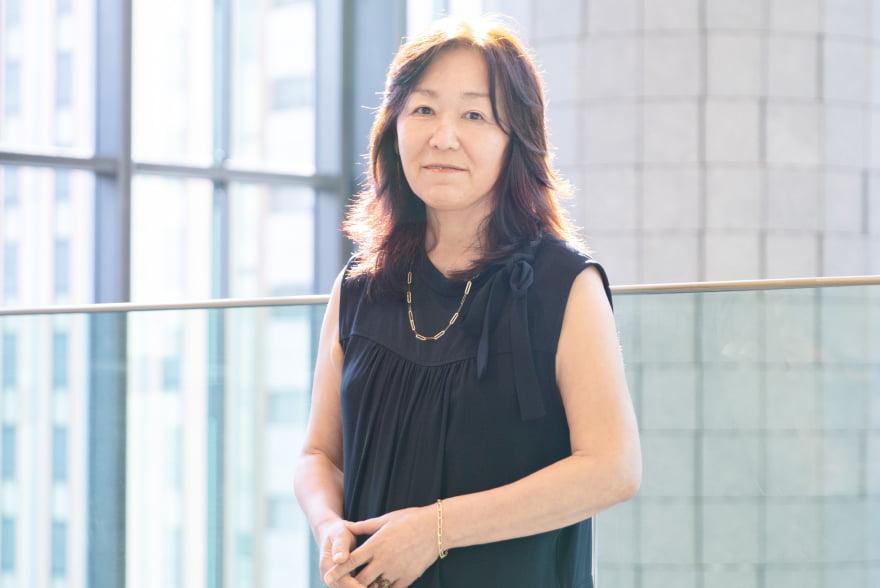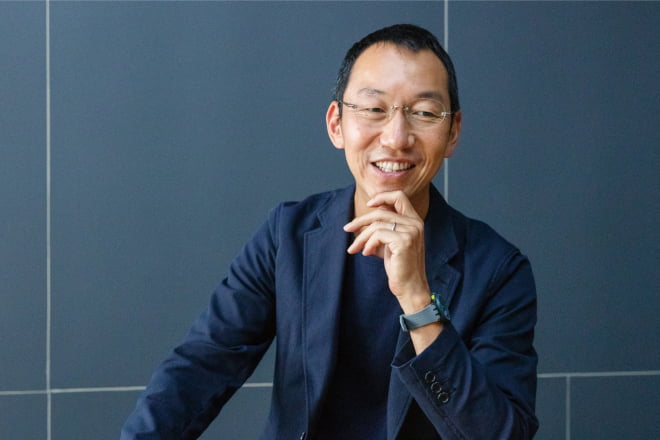Profile
Yasuhiro Kiyomizu Environmental architect, furniture and product designer, and professor and vice president of Tokyo University of the Arts. After completing the graduate school of fine arts at Tokyo University of the Arts, he worked at Masayuki Kurokawa & Associates and then established his own studio, SESTA DESIGN. His major works include the MIBORO Dam Side Park and MIBORO Electricity Museum, Tsukimi Bridge, and Heiwa no Kokyo (symphony of peace). He is the author of Keikan wo Aruku Kyoto Guide (Kyoto landscape walking tour guidebook) and Kyoto no Kukan Isho (Spatial design in Kyoto).







